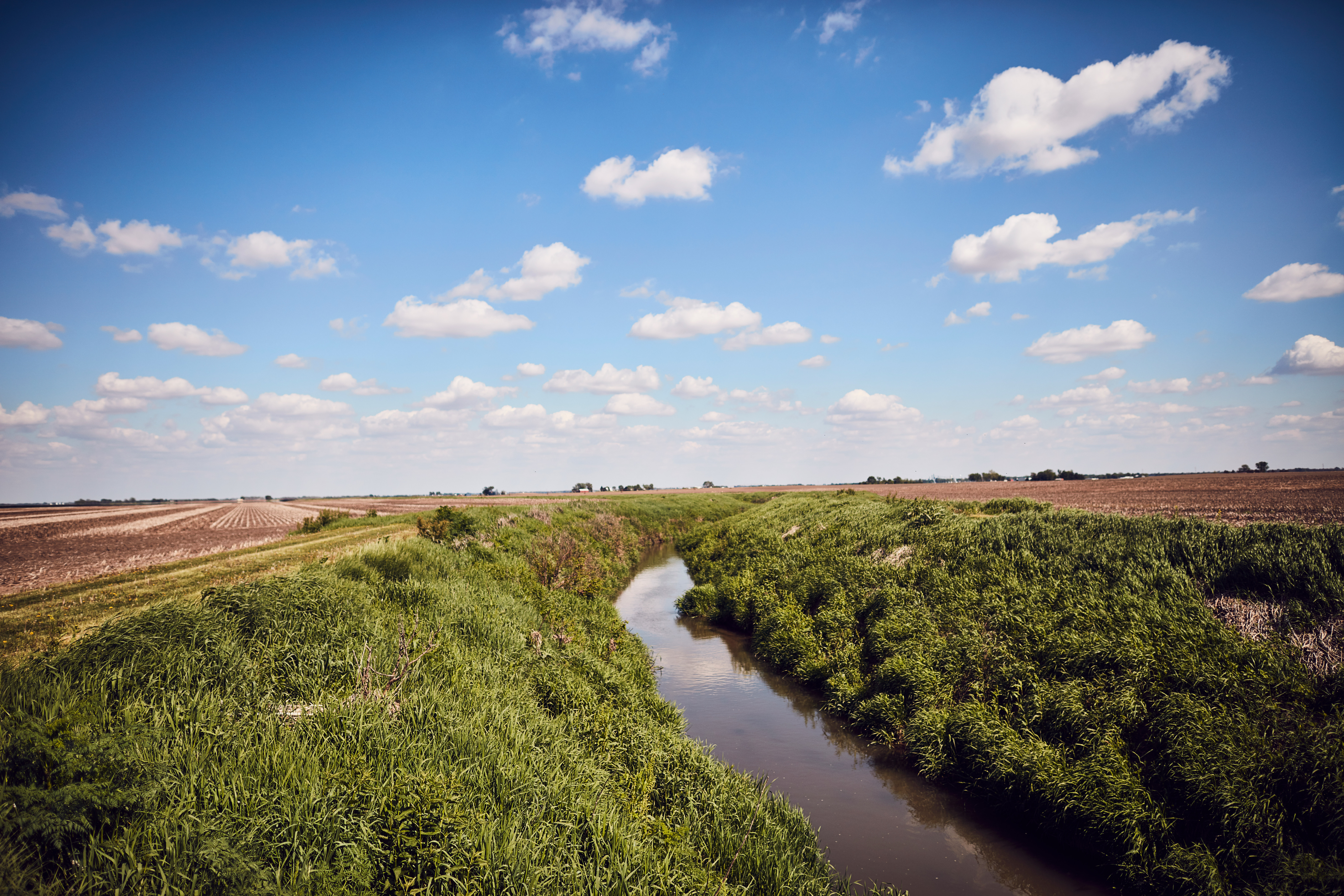Carbon Offset Market Outlook

By Brent Sohngen, Professor of Natural Resource and Environmental Economics at The Ohio State University
The last year has been a whirlwind of activity in carbon markets as buyers have been out in force trying to lock in early carbon at low prices. Companies like Amazon or Microsoft care about carbon on farms because their consumers care about how “green” they are. If they can pay farmers to take carbon out of the air and store it on their farms, then they can claim that carbon as an offset against their emissions. Yes, it sounds like magic, but carbon offsets are real, and they can work, both for the companies and for farmers. Data shows that using carbon offsets from farms is the only way that companies can reduce their net carbon emissions to zero in the next couple of decades.
The growing demand from companies has started to translate into higher prices, which have edged up in recent years (see chart below). Ecosystem Marketplace, a respected source of information on voluntary carbon markets, suggests the average price for agricultural and forest offsets is now about $6 per ton CO2. Other market sources confirm average prices in the $5-$6 per ton CO2 range. These prices reflect just the volume that has been registered with the verification agencies, not carbon contracts that have been put in place but still rest with the origination companies that are working directly with farmers. And speaking of volumes, they are up significantly in 2021, even though the data is just through August.
These prices would translate into $1.50-$3.00 per acre per year for most Ohio farms that convert to no tillage. Farmers can get more for other practices, up to $9-$16 per acre per year for planting trees.
Prices offered to farmers will vary based on a number of factors but have largely to do with quality. The highest quality credits adhere to the strictest protocols for additionality, permanence, leakage and verification. These credits are more costly to generate but have the potential to be sold in compliance markets, like the California cap and trade system, where prices are now around $14 per ton for agriculture and forestry offsets. That market is large, generating $700 million per year in transactions between 2018 and 2020. Lower prices will be offered to farmers if the conditions are less stringent.
The current low average price on ecosystem marketplace suggests that the backlog of projects built up during the period of low demand over the last decade has not fully gotten through the system. With the big rush of interest in the market, demand seems ready to overtake the ability of originators to supply carbon from farms and forestland. Current global supply constraints are putting pressure on most options for greening supply chains, driving up prices for all of them. My expectation is that prices will double over the next year, and then double again within another year.
A few headwinds in the market could slow growth. The groups that set standards are seeing increasing activity for updates to some of the standards that have already been written, a process that takes a bit of time. And the upswing in farm input and commodity prices makes carbon commodities more expensive to generate.


